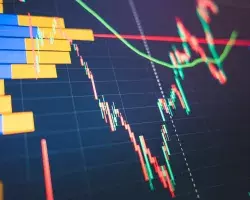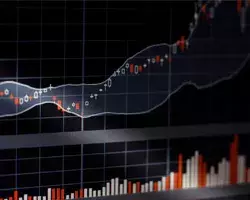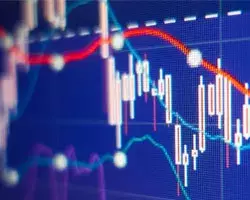Netting vs. Hedging: What Is the Difference?
Financial risk management is a critical aspect of any business strategy, helping organizations mitigate potential losses due to market volatility, currency fluctuations, interest rate changes, and other financial uncertainties. Among the various tools and strategies available for managing risk, netting and hedging are two fundamental techniques. Despite their importance, these concepts are often misunderstood or used interchangeably.
The Fundamentals of the Volume in the Stock Market: A Comprehensive Guide
Stock volume is a pivotal concept within the financial markets, carrying immense importance for both novice and seasoned traders. It pertains to the average number of shares traded during a specified time frame and stands as a cornerstone in professional traders' toolkits.
Understanding Forex Market Analysis Before Trading
To grasp the intricate world of forex market analysis, it's imperative to recognize that the market is fundamentally driven by just two forces: supply and demand. These omnipresent factors serve as the underpinning for virtually every economic, political, social, and market event. The ebb and flow of supply and demand have a profound impact on the decisions of both bullish and bearish traders, influencing their open positions.
Understanding and Calculating the PE Ratio in Trading
In the intricate landscape of finance, understanding the Price-to-Earnings (PE) ratio is paramount for investors and traders seeking to gauge the true worth of a company's stock. The PE ratio serves as a fundamental financial metric, juxtaposing a company's earnings, usually measured through Earnings Per Share (EPS), with its current share price. This ratio is a cornerstone of financial analysis, primarily embraced by long-term investors intent on deciphering whether a stock is overvalued or undervalued.
Fundamental Analysis: A Beginner's Guide
Different methods are employed by investors and traders to anticipate the fluctuations in the prices of stocks, currencies, and other financial instruments. Among these, technical analysis tools have emerged as the most prevalent. These tools employ mathematical algorithms to assess the patterns of changes in quotes and infer the likelihood of future developments with a certain degree of accuracy. Another approach, fundamental analysis, is deemed by many investors to be more effective, although it is more intricate.
What is Zig Zag Indicator: Settings and Strategies
When analyzing price movements on the chart before placing orders, traders can be hindered by minor price fluctuations - market noise. It is difficult for them to see significant trends, and it is easy to make a false forecast. There are numerous indicators designed for outlining the cycles and waves on a chart, and Zig Zag is one of them. It allows you to cut off the price noise and more accurately identify the key trend, significant price changes, reversals, and other important trend changes.
Understanding Countertrend Trading: Everything You Need to Know in 2022
You have to admit, the phrase "countertrend trading" itself sounds quite strange, and it's hard to hear. It's like "driving on the wrong side of the road". Is it really possible? It turns out that it is possible, and at a proper professional level this trading system brings a good return. But first things first.
Trading With an Envelopes Technical Indicator
The Envelopes technical indicator is one of the simplest indicators when in forex trading and is included in the list of tools on classic platforms. This indicator is based on the observation that after the price rises or falls, it returns to the main trend in any case.
How to Choose Technical Indicators for Analyzing the Price Fluctuations
Indicators for technical analysis allow you to detect levels and patterns on charts. This is important for trading because around them there are favorable points for setting Stop Losses and market entries. Indicators are software solutions, which are integrated into the trading terminal and modify the standard price chart according to their work algorithm, and trader's presets, are used for automatic determination of support/resistance levels, detecting overbought/oversold areas, finding patterns on charts, etc.
What Are Stock Market Indicators?
Most traders and experienced investors use technical analysis tools – indicators – in their work on the stock market. What are their differences, what are they for, and which indicator is better to use? What are Indicators, and Why Do We Need Them? Technical analysis is based on Charles Dow's postulate that "the price discounts everything", including expectations of future events. Accordingly, it is enough to find an appropriate mathematical algorithm for price data processing to predict the behavior of securities quotes.









